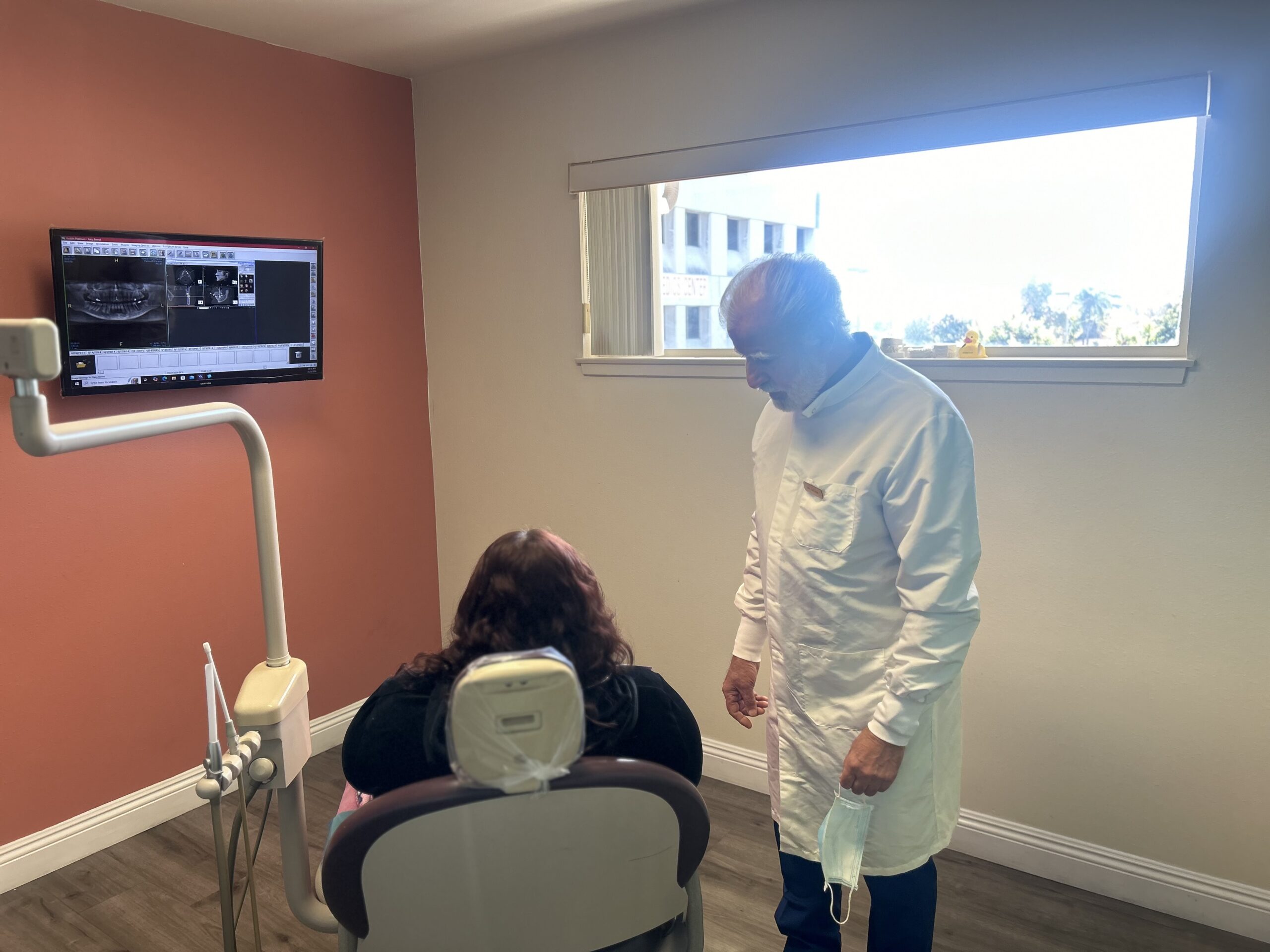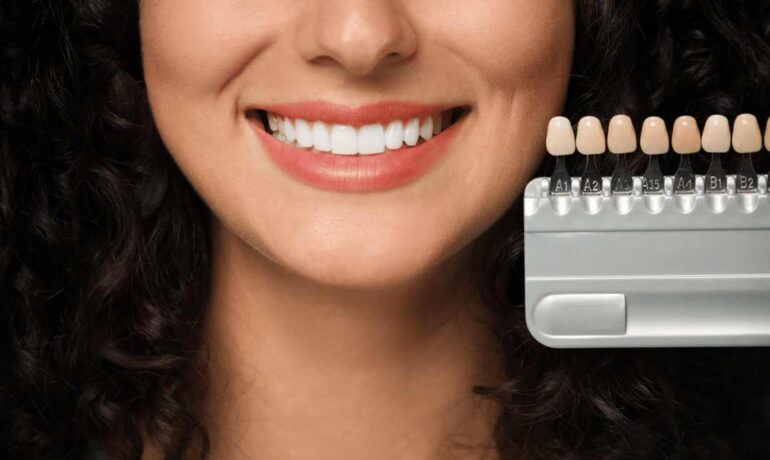Do you have a dental crown that is chipped, loose, or is about to fall off? Yikes! You shouldn’t leave it unchecked, much less not immediately replaced.
But how much does a dental crown replacement cost?
The truth is, there’s no exact answer because it depends on some factors. Crown replacement cost factors include materials, underlying tooth health, and even where you live. Some people may get away with spending a few hundred dollars, while others could be looking at a bill in the thousands.
This guide breaks down everything you need to know, from crown replacement cost estimates, insurance coverage, and hidden fees most people don’t think about.
By the end, you’ll know exactly what to expect and how to make the best financial decision for your dental health.
Crown Replacement Cost: A Quick Breakdown
The crown replacement cost in California typically falls between $800 and $3,500, but it can vary significantly. (Will discuss the factors later)
Here’s a replacement cost breakdown:
Crown Material | Replacement Cost | Longevity | Best For | Metal (Gold, Alloys)
| $800 – $2,500 | 15+ years | Molars (Out of sight) |
|---|---|---|---|
Porcelain-Fused-to-Metal (PFM) | $800 – $1,500 | 10-15 years | Balanced strength & aesthetics |
All-Ceramic or All-Porcelain | $1,000 – $3,000 | 10-15 years | Front teeth (most natural look) |
Zirconia | $1,000 – $3,500 | 15+ years | Long-lasting, strong option |

What Impacts the Cost of Crown Replacement?
You might have heard the term dental tourism. It’s an idea of travelling to another country or city to get cheaper dental care. Yes, dental costs can vary from one place to another. But location isn’t the only factor that may influence the cost of dental treatments. For dental crown replacement, for example, material choice can be a major factor in determining how much you’ll pay after the treatment.
Let’s discuss these factors one by one.
Material choice
Some materials would likely be more expensive than others because of their durability and manufacturing complexity. Given gold’s market value, it would be priced higher than porcelain. Crown materials requiring intricate custom fabrication would also be costlier considering the technology and labor involved in the process.
Dentist’s location
Going back to our recent discussion about dental tourism. Dental offices in some states or countries can be cheaper due to varying tax policies.
Wealthier states such as California and New York rely more on sales tax for revenue, while some rural states eliminate it to attract businesses and consumers.
Extra procedures
If there’s decay under the crown, you may need a core buildup, root canal, or gum treatment, which adds to the total dental cap replacement cost.
Pro Tip: Always ask your dentist about crown replacement comparison based on all mentioned factors before committing to a procedure. Hidden lab fees and additional work can surprise you.
Does Insurance Cover Dental Crown Replacement?
Most dental insurance plans provide replacement cost coverage—at least partially.
Typically, insurance will cover 50% to 80% of the cost if the replacement is medically necessary (e.g., the crown is cracked, worn, or causing discomfort). But if you’re replacing a crown purely for cosmetic reasons, expect to pay out-of-pocket.
Important: Many insurance policies only cover a replacement every 5-10 years, so check your policy before scheduling.
What If You Don’t Have Insurance?
Replacing your dental crowns without dental insurance is still possible with some affordable financing options such as membership plans. Membership-based plans can knock up to 25% off the cost, freeing you from deductibles, maximums, and waiting periods.
Signs You Need a Dental Crown Replacement
Sometimes, it’s obvious that your crown needs replacing (like if it falls out or breaks in half). Other times, the signs are subtle. Here’s what to look for:
- Pain or Sensitivity – If your crowned tooth suddenly feels sensitive to hot or cold, the crown might be loose. For dental crown pain, visit your dentist to check if decay could be developing underneath.
- Visible Cracks or Chips – While small chips may not seem like a big deal, they can weaken the structure over time. A cracked crown puts extra pressure on the underlying tooth, increasing the risk of fractures or infection.
- Receding Gum Line Around the Crown – Over time, gums can pull away from the crown, exposing the tooth’s root. This makes the area more susceptible to decay and infection—not to mention, it’s not a great look for your smile.
- Loose or Shifting Crown – Don’t ignore when you feel your crown moving when you chew. That could be a sign of a loose crown. Loose crowns can trap food and bacteria underneath, leading to more serious (and expensive) dental problems.
Is It Time to Replace Your Crown?
A damaged or ill-fitting crown isn’t just a cosmetic concern. There’s an entire spectrum of dental issues you might face if you ignore the signs of an immediate replacement. As you consider dental crown replacement, remember that
- The cost of replacing dental caps ranges from $800 to $3,500, depending on material and location.
- Crown replacement cost coverage through insurance typically pays for 50-80% of the cost—check your plan’s rules on replacement timing.
- Warning signs include pain, sensitivity, cracks, and loose crowns—don’t ignore them.
- You have options if you’re uninsured, from dental discount plans to payment programs.
If you’re unsure whether your crown needs replacing, schedule a consultation with us at Upland Dental Practice. Investing in a quality replacement now can save you from bigger dental problems later.


